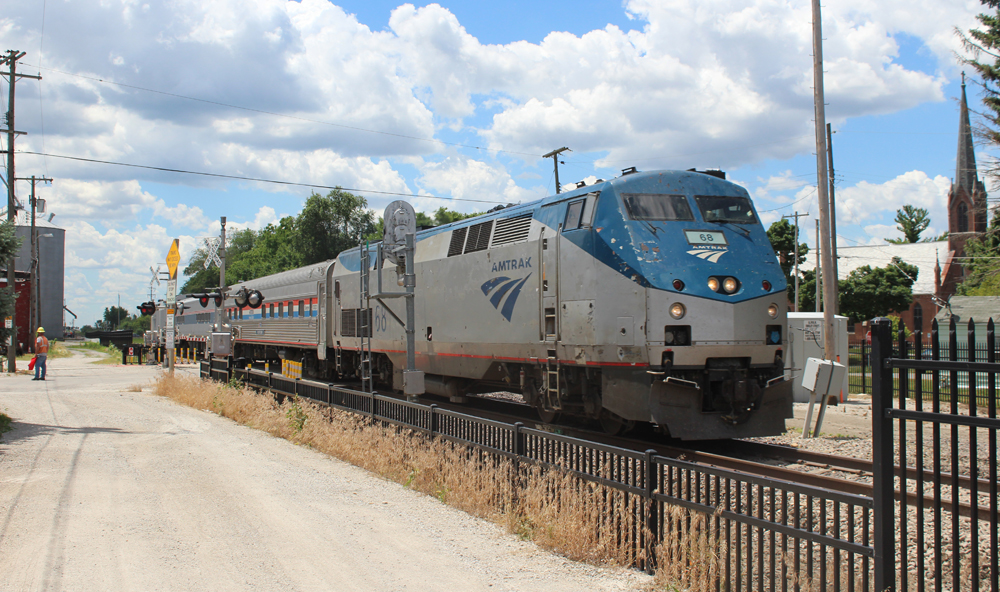
CHICAGO — Starting today, Amtrak’s Lincoln Service trains will begin operating at 110-mph maximum speeds over Union Pacific’s former Gulf, Mobile & Ohio speedway between Laraway Road, south of Joliet, Ill., and the Alton, Ill., Amtrak station.
Shortened schedules will be established at a later time “to ensure everything on the system is running properly and to monitor the actual travel time between stations,” says John Oimoen, Illinois Department of Transportation deputy director, rails.
The state and federal investment in Chicago-St. Louis corridor speed increases has totaled about $2 billion over more than 20 years. Infrastructure upgrades include installation of four-quadrant crossing gates, fencing in populated areas, complete roadbed rehabilitation, and installation of more passing sidings with high speed turnouts.
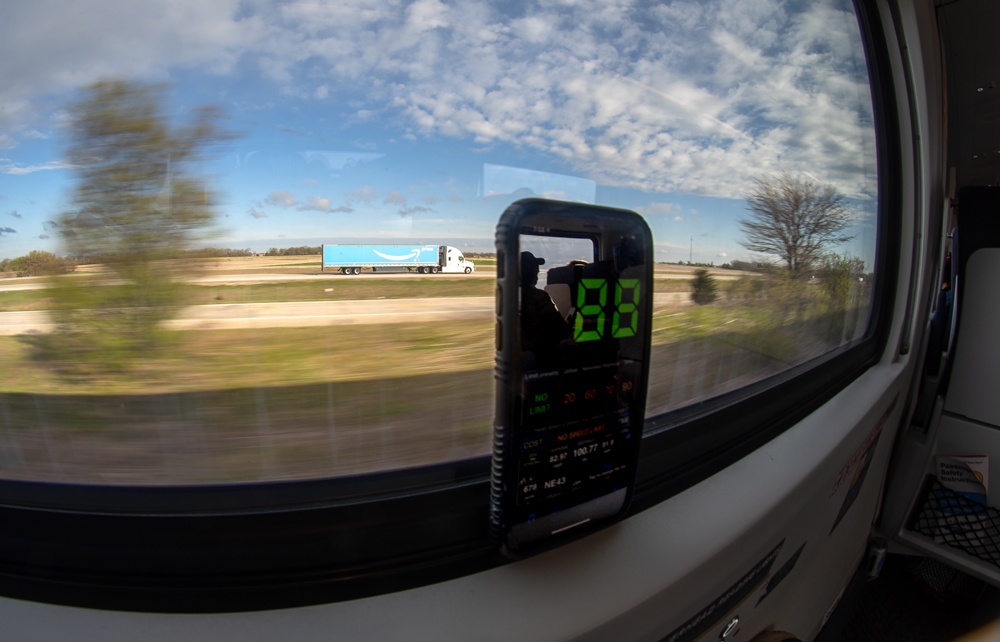
Reaching the upgraded corridor’s design speed has been a struggle, primarily because finding a functional train control signal system has been elusive. Trains first reached 100 mph north of Springfield, Ill., during a 2002 media demonstration, and 110 mph over a short stretch of track south of Bloomington-Normal, Ill., beginning in 2015, but neither of those systems proved to be reliable.
The current installation, Wabtec’s I-ETMS positive train control system, has required more than three years of Federal Railroad Administration certification testing. Speeds were first raised to 90 mph following tests in 2020 and 2021, and recently to 110 mph after a similar round of tests. A unique component in the Illinois corridor’s PTC installation is an overlay of Alstom’s Incremental Train Control System, which monitors approaching highway grade crossings for obstructions.
Chicago-St. Louis trains use Canadian National tracks between the Windy City and Joliet, where maximum speeds are 79 mph. Union Pacific and Terminal Railroad Association of St. Louis trackage limits south of Alton are also 79 mph, but both of those segments have numerous speed restrictions.
Trains News Wire has determined from recently released tables issued to Amtrak engineers that about 150 of the 221 miles between Joliet and Alton permit 110 mph operation, or about 67% of the route. However, many of the segments are peppered with intermediate speed restrictions that would limit the amount of maximum speeds. These range from 30 to 100 mph.
The longest stretches of 110-mph running are about 19 miles both north and south of a 50-mph speed restriction at Dwight, Ill. and two 20-mile segments south of Springfield, Ill. The Texas Eagle also traverses the route, but its Superliners are limited to 100 mph.
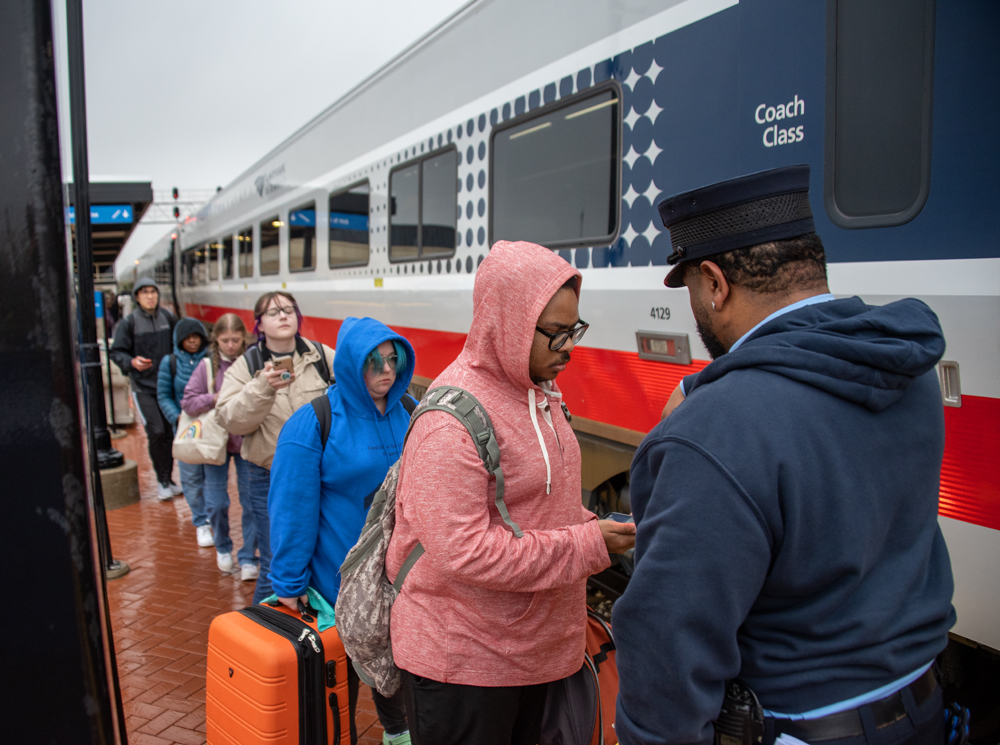






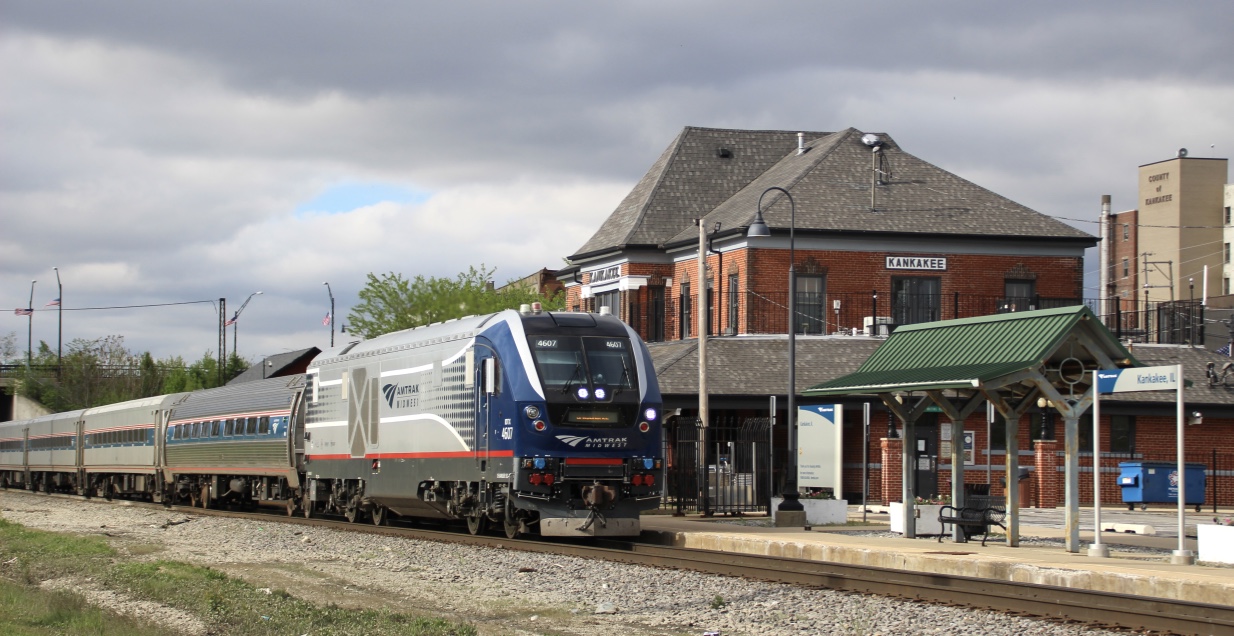
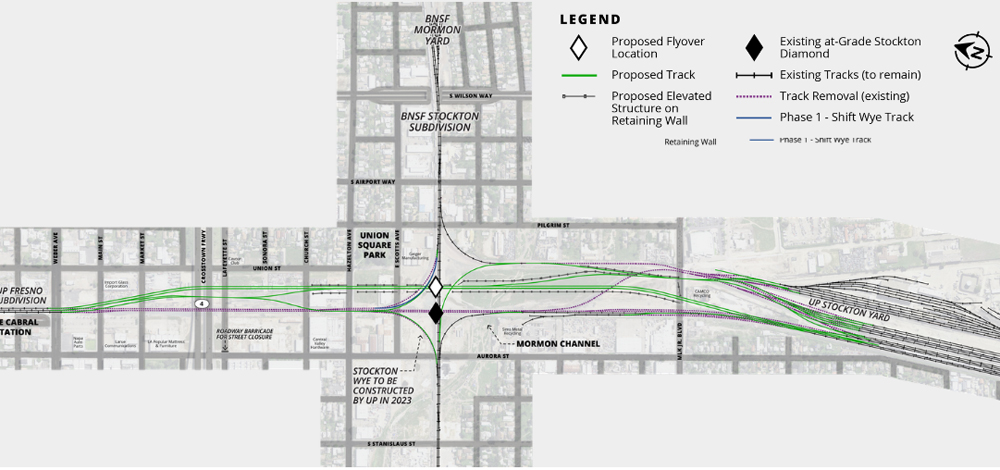
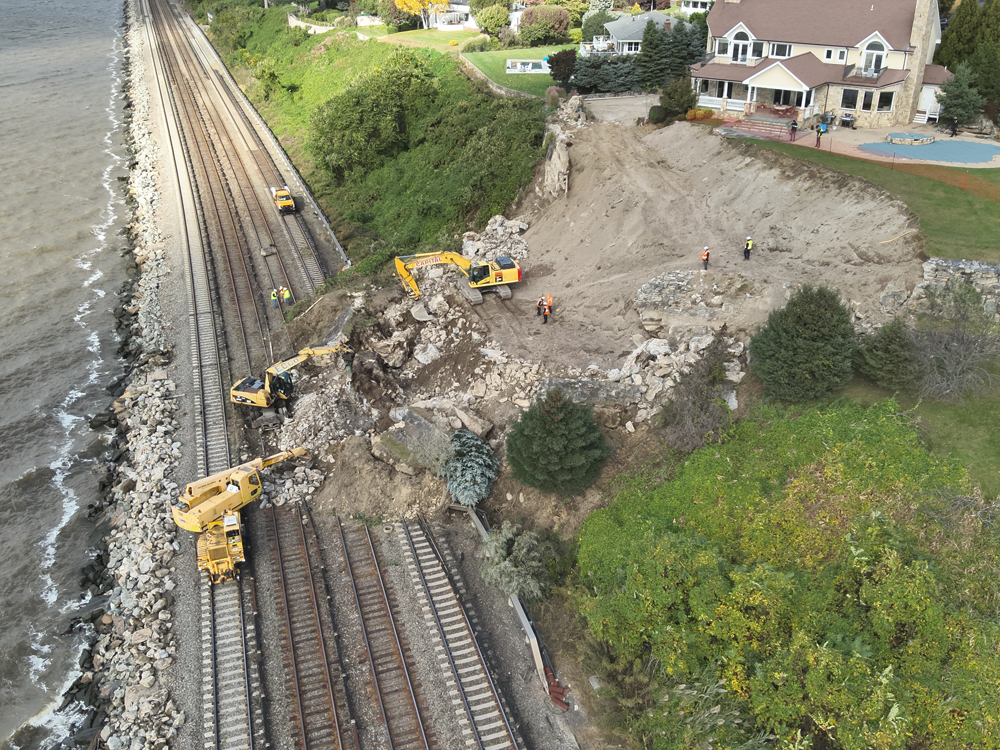
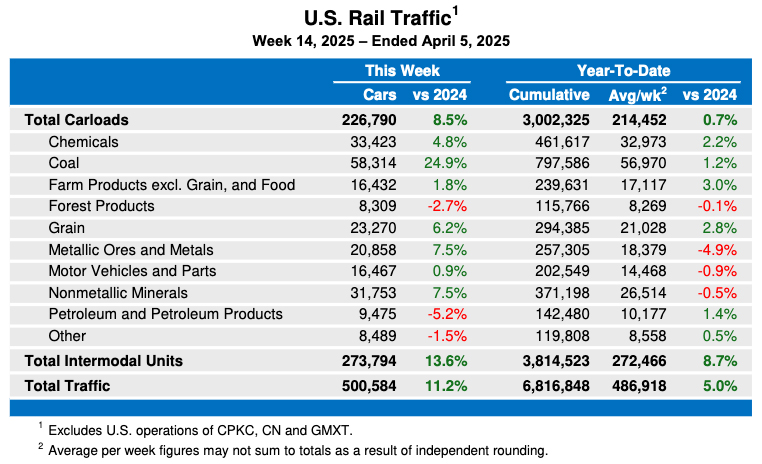




It’s just like the Acela express on the NEC, a train that can go 150 MPH still takes 5 hours to go from Philadelphia to Boston, thats an average of 60 MPH.
Amtrak’s ‘Texas Eagle’ could attain 110 mph and beyond to 130 mph if re-equiped with Siemens’s Ventura cars adopted for long distance passenger trains.
If Union Pacific followed the fine example of early 1950s predecessor Missouri Pacific Lines, Amtrak’s ‘Texas Eagle’ could maintain at least 90 mph over long stretches between St Louis, Little Rock and Longview (Texas) as achieved by the original streamlined ‘Texas Eagle’ Mother and I rode. The ride was invigorating at speed in our assigned Pullman car with the blue night light illuminating our room through the grooved clear rectangular crystal from above.
I’m focused on the photo above of the passengers standing in the rain while the conductor scans their tickets. Why doesn’t he let them on board and get settled before he scans the tickets? Is this the policy for Amtrak now or just the crew’s personal preference? Either way it isn’t very passenger friendly.
That seems to have been my experience. I rode the Starlight to Klamath Falls recently, and the conductor scanned my ticket before boarding. Weather was not a concern.
All interesting comments.
As far as I can tell by looking at old timetables and the recent book about 50 years of Amtrak routes, despite the increase in speed to 90 mph on certain segments, overall times still have not decreased at all. Based on the math, at best about a 27% time improvement [((110-79)/79) X 0.67)] from max of 79mph running can be had on the entire length of the route. Based on a best travel time of 320 minutes (5 hours, 20 minutes) that would be a savings of amazing/only 1 hour and 24 minutes or a total running time of just under 4 hours.
Please correct me if I am wrong.
What it all comes down to is how long it takes and how much it costs to do this in this country. It’s good the schedules are not being changed until actual running times are known. PTC is a pain in the butt to engineers and it will increase running times. PTC will start chirping to do something long before there is an actual need to do something. Engineers will adapt by running slower and braking sooner.
20 years? You can go back even farther. I remember boarding the Lincoln in the 80’s and I asked the conductor how fast we were going? He said 75 when it was possible. I asked him what that meant and he said there were too many slow zones along the way.
$2 billion later and we still have slow zones.
Two billion and twenty years. What a waste. And still speed restrictions in between.
Worth noting it took about 13 years to get to this point, funding and construction started in 2010.
Also minor correction, the short 110mph section was north of Bloomington between Pontiac and Dwight.
“The Texas Eagle also traverses the route, but it’s superliners are limited to 100MPH”.
Honestly, I think that when Amtrak buys its new long distance fleet, they should definitely be designed to hit 110MPH or 125MPH. Also Amtrak and IDOT should definitely think of speeding up another Illinois route like the Illinois Zephyr and Carl Sandburg. (at least West of Aurora IL) Sorry if I’m sounding too much like an optimist to the rest of you “that’s not going to happen” people.
At the risk of being optimistic as well, how about putting back in the second on the former IC from Homewood to Carbondale? Once upon a time 100 mph Champaign to Centralia
MIKE LUSTIG —- Right you are. The single track on the former IC is an embarrassment. With today’s much better track and much better signals, compared to the double-iron ICRR of half a century ago, these trains should be flying if double track were restored. BUT, speaking of a half century, what good is speed Homewood to Carbondale if after a half century Amtrak still doesn’t have a direct route into CUS? We were promised that when Amtrak was established.